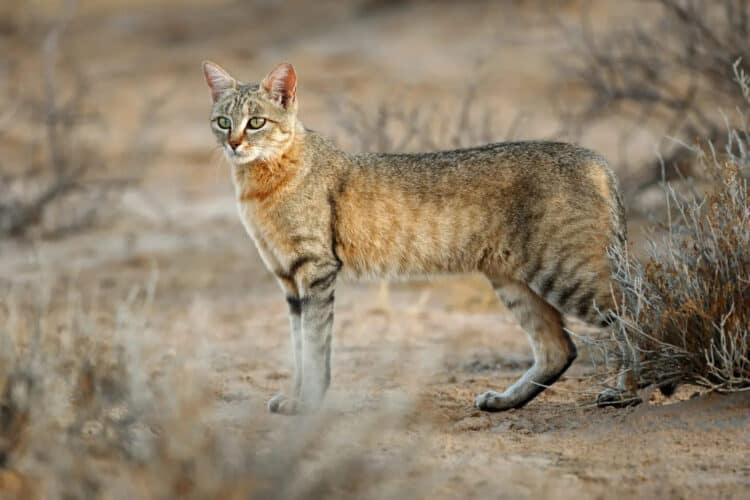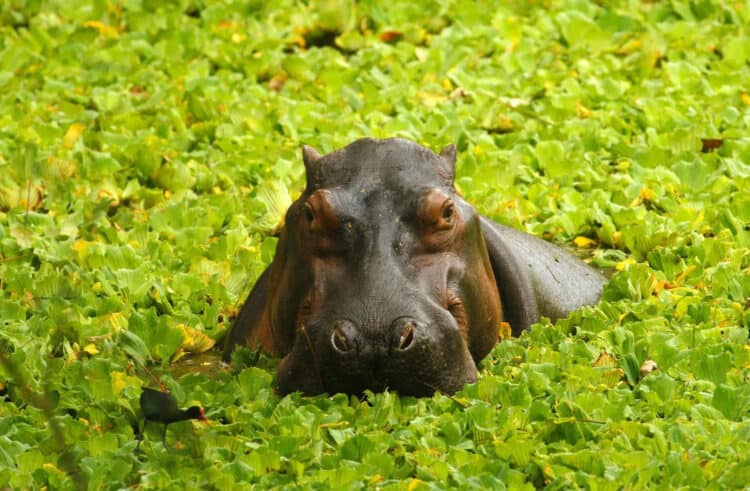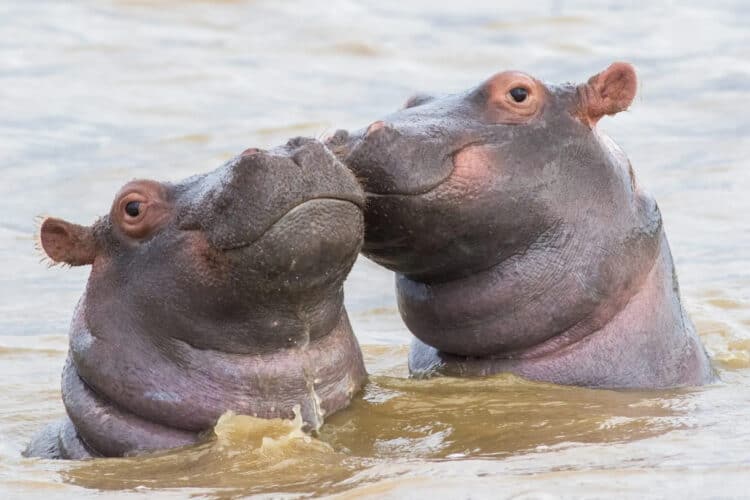Colombia is grappling with an unusual ecological problem: a fast-growing population of hippos, descendants of a small group brought in by notorious drug lord Pablo Escobar. This exotic invasion, escalating much faster than anticipated, is threatening native wildlife and sparking concerns among environmentalists and locals alike.
The illicit hippo import took place decades ago, when Escobar, in an extravagant display of wealth, introduced the animals to his private zoo. Following his demise in 1993, the hippos found their way to Colombia’s Magdalena River. In this new environment, free from natural predators and extreme weather conditions of their native Africa, their numbers have flourished, creating the largest hippo population outside Africa.
Colombian officials have been struggling to manage the hippo situation. Some communities are benefiting from the tourism influx these exotic animals attract, but others, especially fishing communities, live in fear of these highly territorial, 3-tonne behemoths. The recent census, commissioned by Colombia’s environment ministry, has revealed that there are now between 181–215 hippos residing in Colombia, almost twice as many as the initial estimate.
Conducting the census was a challenging endeavor. Despite their enormous size, the hippos‘ nocturnal habits and propensity to submerge in water for the majority of the day make them hard to track and count. Yet, the team of researchers prevailed, using a combination of drones, on-foot count, and footprint tracking to gather data.
Alarmingly, they found that 37% of the population are juveniles, indicating rapid breeding. One theory suggests that these hippos are maturing earlier due to Colombia’s lush conditions. Another hypothesis points to less competition for resources and territory, resulting in greater reproductive success.
The implications of this growing hippo population on Colombia’s ecosystems are dire. The large beasts are causing riverbank erosion, habitat destruction, and outcompeting native species for resources. More importantly, human-hippo encounters have escalated, leading to serious injuries and even a car crash involving a hippo.
While donations of contraceptives from the United States and discussions of exporting hippos to sanctuaries abroad are ongoing, some researchers advocate culling. They argue it’s the most humane and efficient solution, one that would protect Colombia’s rich biodiversity. However, any decision is fraught with moral and practical implications. The urgency of this escalating problem only intensifies the need for an effective solution.
This article by Josie Fu was first published by OneGreenPlanet on 8 May 2023.
What you can do
Support ‘Fighting for Wildlife’ by donating as little as $1 – It only takes a minute. Thank you.
Fighting for Wildlife supports approved wildlife conservation organizations, which spend at least 80 percent of the money they raise on actual fieldwork, rather than administration and fundraising. When making a donation you can designate for which type of initiative it should be used – wildlife, oceans, forests or climate.







Leave a Reply